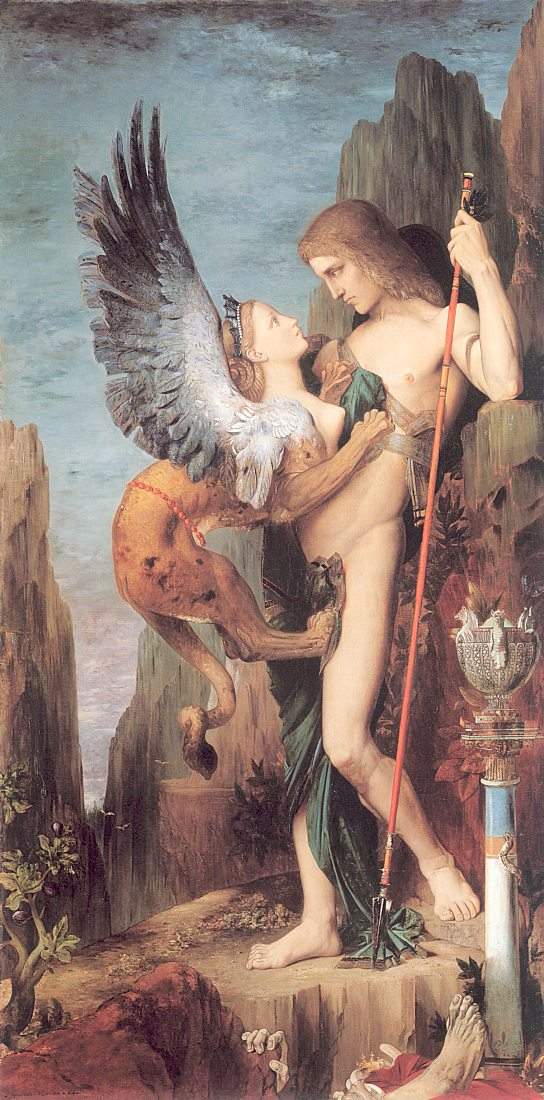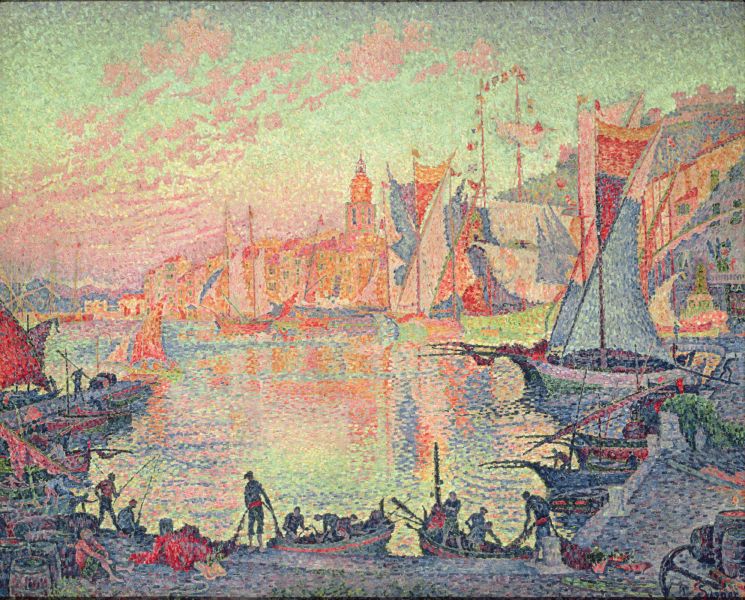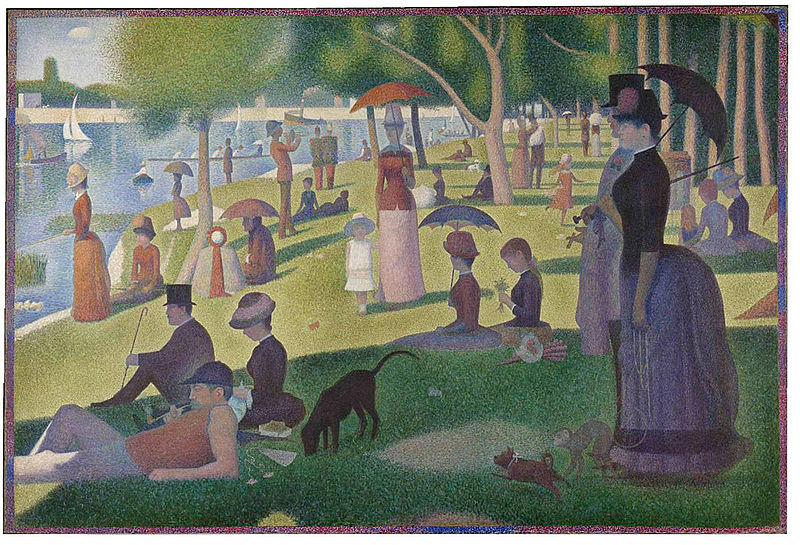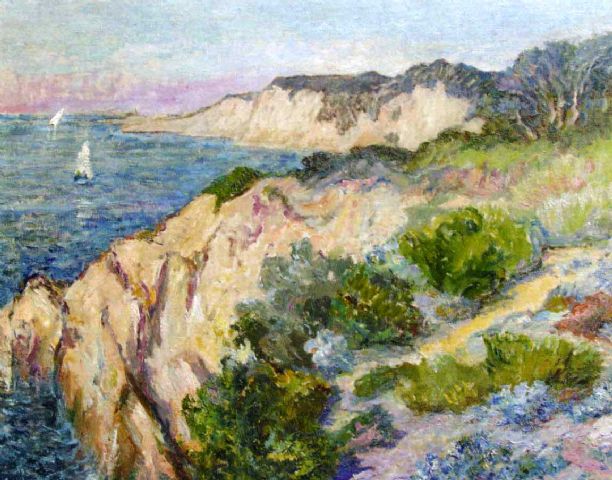
Pierre Bonnard was born October 3, 1867 at Fontenay-aux-Roses, near Paris, into the family of a high-ranking official in the French War Ministry. After an idyllic and happy childhood, in 1886, Pierre entered the University of Paris to study law.
In 1887, he also enrolled for evening classes at the Académie Julian, a liberal Parisian art school, where he made friends with Paul Serusier, Mauris Denis, Henri Ibels and Paul Ranson. The five friends formed a society known as Nabiim or the Nabis after the Hebrew for 'prophets'.
Bonnard is known for his intense use of color, especially via areas built with small brushmarks and close values. His often complex compositions—typically of sunlit interiors of rooms and gardens populated with friends and family members—are both narrative and autobiographical. His wife Marthe was an ever-present subject over the course of several decades. She is seen seated at the kitchen table, with the remnants of a meal; or nude, as in a series of paintings where she reclines in the bathtub. He also painted several self-portraits, landscapes, and many still lifes which usually depict flowers and fruit.
 Pierre Bonnard. Self-Portrait.1889
Pierre Bonnard. Self-Portrait.1889*http://www.abcgallery.com/B/bonnard/bonnardbio.html
*http://en.wikipedia.org/wiki/Pierre_Bonnard






 Edvard Munch The Scream
Edvard Munch The Scream
 The Port of Saint-Tropez
The Port of Saint-Tropez
 Anna Boch Falaise - Côte de Bretagne
Anna Boch Falaise - Côte de Bretagne Paul Signac Portrait of
Paul Signac Portrait of 

